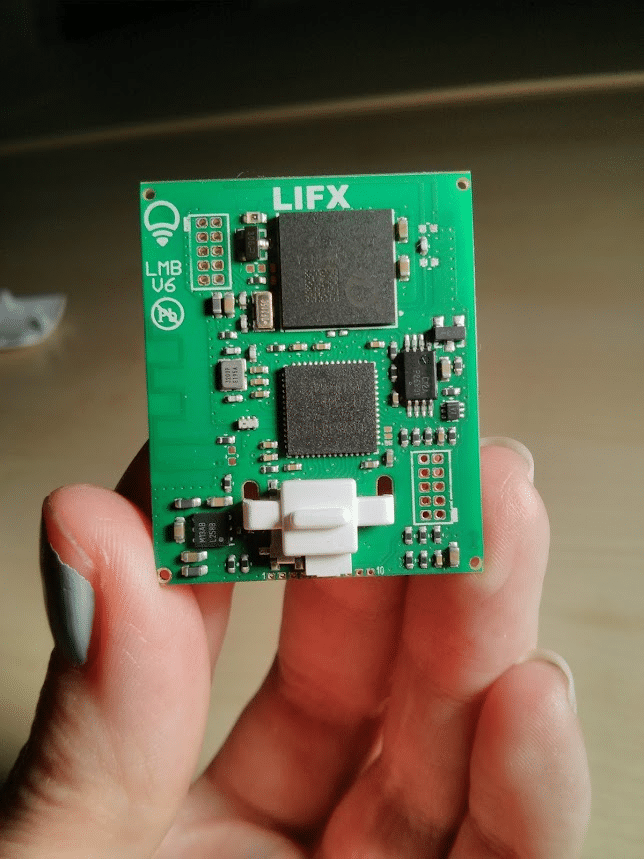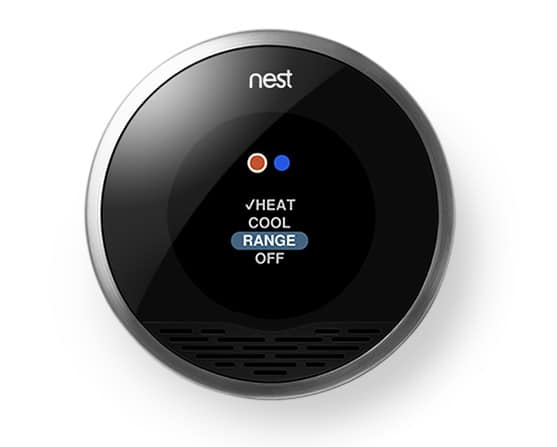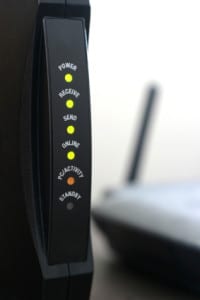If you’ve been following your Internet of Things security news, you probably read about the latest hack of a consumer-oriented ‘smart home’ device: Context Information Security’s analysis of security holes in LIFX-brand smart light bulbs. The top line on this is scary enough. As The Register reported: researchers at Context discovered that, by gaining access to a “master bulb” in LIFX deployments, they could control all connected lightbulbs and expose user network configurations. That’s scary – and recalls research on hacking Philips HUE light bulbs that was published last year. But read down in the Context research and you’ll realize that, while the LIFX technology wasn’t perfect, the job of hacking the technology wasn’t child’s play, either. LIFX connected its smart bulbs using a 6LoWPAN-based mesh network. The company made the mistake of transmitting most bulb-bulb communications in the clear, which made analyzing traffic sent between master- and slave bulbs easy. Context researchers found […]
home gateway
Is HyperCat An IoT Silo Buster? | ZDNet
Steve Ranger over at ZDNet has an interesting write-up on HyperCat, a UK-funded data sharing open specification for Internet of Things devices. The new specifications has the backing (or at least interest) of major players and could become an alternative to proprietary standards such as Apple’s HomeKit or Google Nest. HyperCat is described as an “open, lightweight, JSON-based hypermedia catalogue” that is designed to “expose information about IoT assets over the web.” The goal is to provide a set of open APIs and data formats that startups and other smaller firms can use to built ecosystems of connected objects. Smart devices are typically developed using common technologies and platforms: RESTful APIs, JSON (Javascript Object Notation) for data formatting and HTTP (or secure HTTP) as the main communications protocol. However, the Internet of Things is badly “silo’d” – meaning that interoperability between IoT devices happens only when those smart devices happen to use the […]
Google’s Nest Labs Joins Race to Define Platform for the Internet of Things – NYTimes.com
The New York Time’s BITS blog has an interesting look at the companies that are gearing up to compete against Google in the home automation market. Google has picked up its investment in so-called “smart home” technology, from the acquisition of Nest, the smart thermostat maker, and DropCam a maker of wireless cameras used for home monitoring and surveillance. The Times notes the entry of firms like Quirky, which has the backing of major retailers like Home Depot and manufacturers like General Electric, Honeywell and Philips. That company announced a new spin-off firm, Wink, that will focus on software. There’s also (of course) Apple, which last week announced HomeKit, a new platform for home automation products that leverages the company’s iOS mobile platform. For its part, Google and Nest have alliances with companies like Whirlpool, Jawbone and Mercedes-Benz. The company seems to be focusing on getting cool products to market that […]
Wired Imagines Our Dystopian Connected Home Future
Over at Wired.com, the ever-provocative Matt Honan has a great little thought exercise on the “nightmare” that could come from connected home technology gone wrong. His piece, The Nightmare on Connected Home Street, is a first person narrative of a man who wakes up to discover he’s transformed into a cockroach inhabiting a virus infected home. “Technically it’s malware. But there’s no patch yet, and pretty much everyone’s got it. Homes up and down the block are lit up, even at this early hour. Thankfully this one is fairly benign. It sets off the alarm with music I blacklisted decades ago on Pandora. It takes a picture of me as I get out of the shower every morning and uploads it to Facebook. No big deal.” The story goes on to chronicle some of the other dystopian features of connected home malware – the hacked “Dropcam Total Home Immersion” account that […]
Report: Hell is Unpatched Systems
One of the ‘subplots’ of the Internet of Things revolution concerns embedded devices. Specifically: the tendency of embedded devices to be either loosely managed or – in some cases – unmanageable. The future holds the promise of more, not fewer of these. That’s the gist of a piece I wrote for InfoWorld, and that you can read here. In short: we’re already seeing the beginning of a shift on the threat landscape. While attacks against traditional endpoints (like Windows desktops, laptops and servers) are still the norm, there are more stories each day about cyber criminal groups and malicious actors who are compromising non-standard endpoints like home wifi routers. In March, for example, the security consultancy Team Cymru identified a botnet consisting of some 300,000 compromised home routers and other in-home devices. The virus called “TheMoon” was also identified spreading between vulnerable home routers and other embedded devices. The […]




